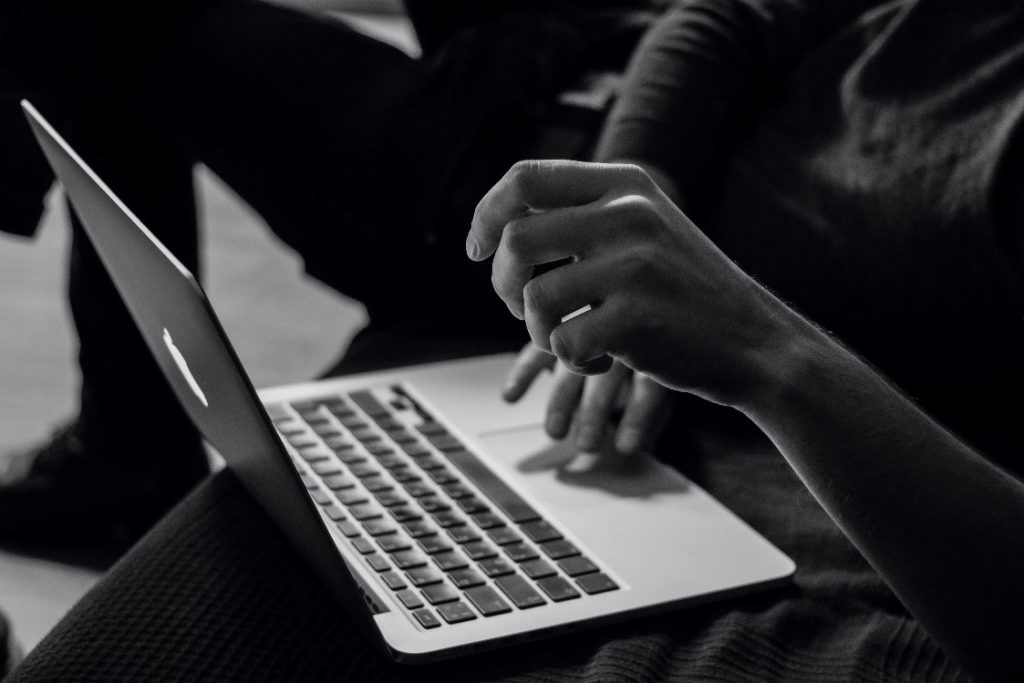5 Ways to Fix Slow-Running Macs

If you have been using your MacBook for quite some time now and it has started giving you some headache as it has become slow, you have landed on the right page. This blog will talk about increasing free space on your Mac and thus enhancing its speed.
Most of the time, we keep downloading items and then forget to delete them. You can troubleshoot to make sure that the system gets back to its original speed. Do not panic even if your system is a comparatively new one because it is quite a common problem and can be fixed at home. There could be a space issue; the system could be old; there could be a hardware issue or a problem with your Mac’s software. If you troubleshoot a Mac, then you will understand the process of elimination.
Often, when you run heavy applications on a MacBook, it can make your device slower. However, the new ones, such as the 16-inch MacBook Pro launched in 2019, offer seamless performance even if you are doing some heavy work. To know more about the latest news and updates, you can read this article by Forbes.
Having said that, let us also tell you that a MacBook can slow down with age as well.
Here are a few things you can try.
- Update your software
If you think that the operating system is slowing down your MacBook, then you need to update the software. An updated macOS is vital for your Mac to work faster. The latest OS will offer the most innovative programs, fix bugs, improve performance, and much more.
If you don’t know the version of your operating system, you can click on the Apple icon in the top left corner and go to “About This Mac”.
Always look for the option to check for updates to know when to update the system. To update the operating system, you should go to the Apple store, click on the updates tab from where you can update it. This may take some time.
You can also run maintenance scripts so that the system becomes faster. Turn off visual effects: To speed up a lagging MacBook, you can turn the visual effects off. For disabling the new dynamic desktop, you can select System Preferences, then go to Desktop and Screensaver. Here, you should set a desktop picture instead of a dynamic desktop. You should make sure that the “Change Pictures” option is not on. If you own an older version of MacBook, you need to turn off the visual animations as well.
- Free up Disk Space
If your hard drive is nearly full, it is very obvious that your MacBook will become slower. A study has shown that it will become 17% slower than the ones which have free space. If you have large files in the drive, you have reasons to worry about. This can lead to slow startup and slow applications.
To know about the condition, you can click on the “About This Mac” option. You can then select the storage tab and then let it calculate the space division.
We often end up downloading the same file over and again. To know how to delete downloads on MacBooks, you can click on Remove downloads from MacBook article.
Other than that, it would help if you used cleanup tools to eradicate junk.
Your MacBook may have loads of cache files, which need to be cleared. You can easily get rid of the junk with easy, one-click removal. Run a smart scan to checkout now.
- Too many items in your preference panes
MacBook’s widgets and Mac operating system utilities are generally kept in the preference pane. If you download third-party applications, then also their widgets will get stored in the System Preferences.
To get rid of this, you have to go to the Apple logo. Then you need to select “System Preferences”. Next, go through the list of widgets at the bottom of the window. After that, control-click the items you want to delete. Confirm the deletion. For adding some space to your MacBook, you should remove startup items as well.
You can use software to clean the same or manually remove the applications as startup items.
- Too many running applications
While doing regular work, you can face lag issues if too many applications run on the system. You cannot just have a browser with too many tabs open on it. This could be an extra load for your system. It is heating up and trying to convey a message.
Just keep the items tabs that you require and close the rest of them.
- Your hardware is old
This is yet another reason why MacBooks tend to get slower. Well, this is a hardware-related problem. If you have tried the ways mentioned above, then this can be another reason why your MacBook has slowed down. If you don’t want to spend on a new MacBook right now, here are a few things that you can do. First, you can upgrade the memory to speed up a Mac. Then, add a new RAM module to check how it works.
You can also add SSD to speed up your MacBook.
So, these are a few ways in which you can speed your slow MacBook.


Comments are closed.